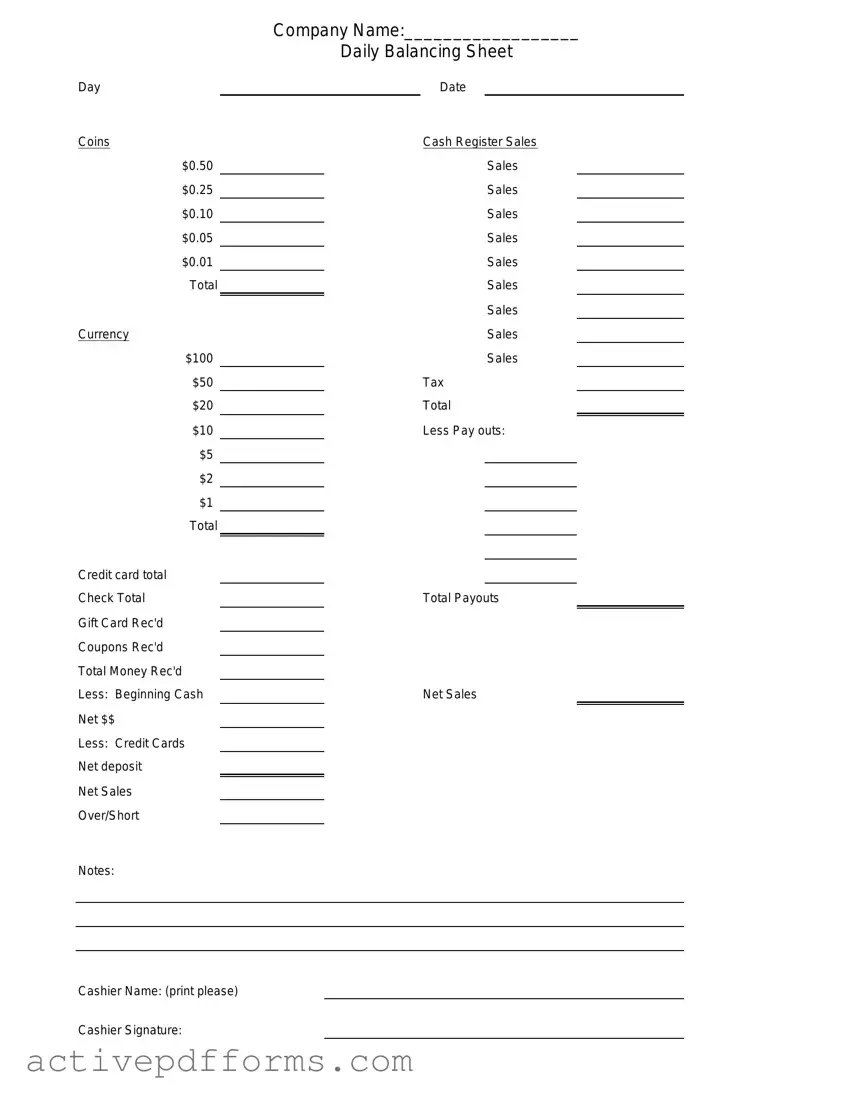Managing a retail business or any establishment that deals with cash transactions on a daily basis requires accurate and effective methods of tracking and recording cash flow. One vital tool in this process is the Cash Drawer Count Sheet form. This document plays a crucial role in ensuring the cash at the start of the day matches the amount at the end after accounting for all transactions. It serves as both a starting point for cashiers or employees handling cash and a checkpoint to prevent or quickly identify discrepancies, theft, or errors. The form typically includes sections for the initial cash amount, denominations of cash received throughout the day, including coins and bills, checks, credit card transactions, and any other forms of payment. It also provides space for notes on discrepancies and the final count, offering a clear, audit-able record that contributes to the financial integrity of a business. Utilizing the Cash Drawer Count Sheet effectively can aid in simplifying bookkeeping, enhancing security measures, and providing peace of mind for business owners and managers.

